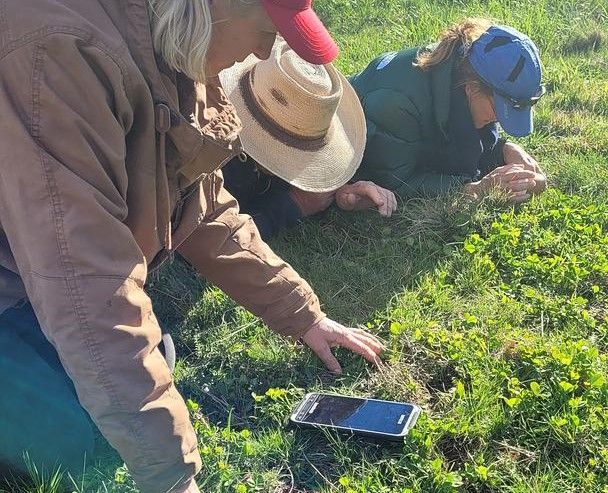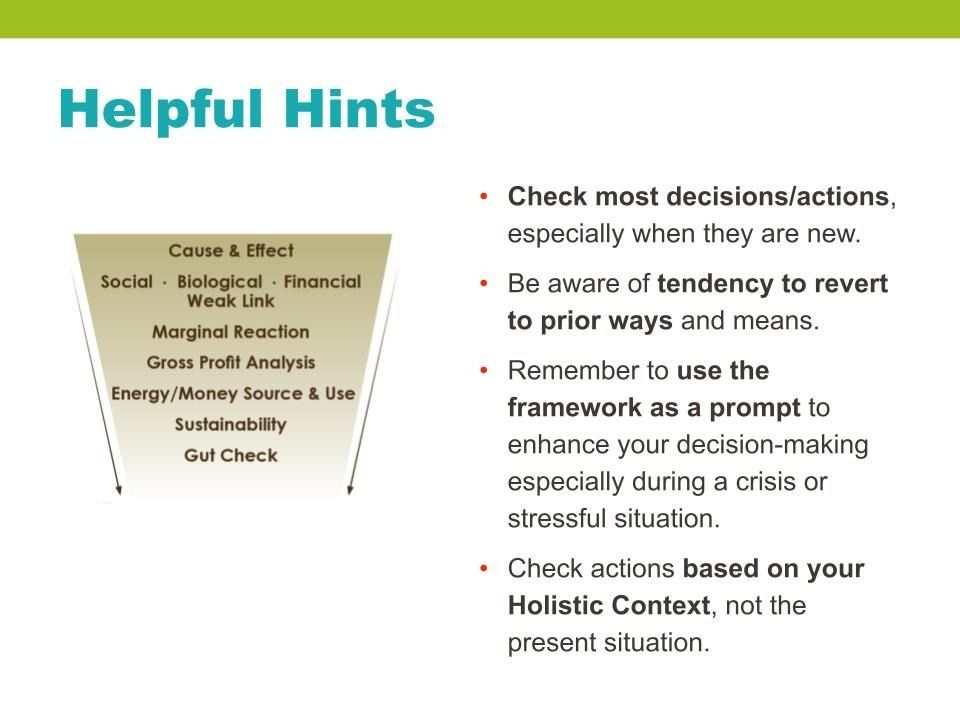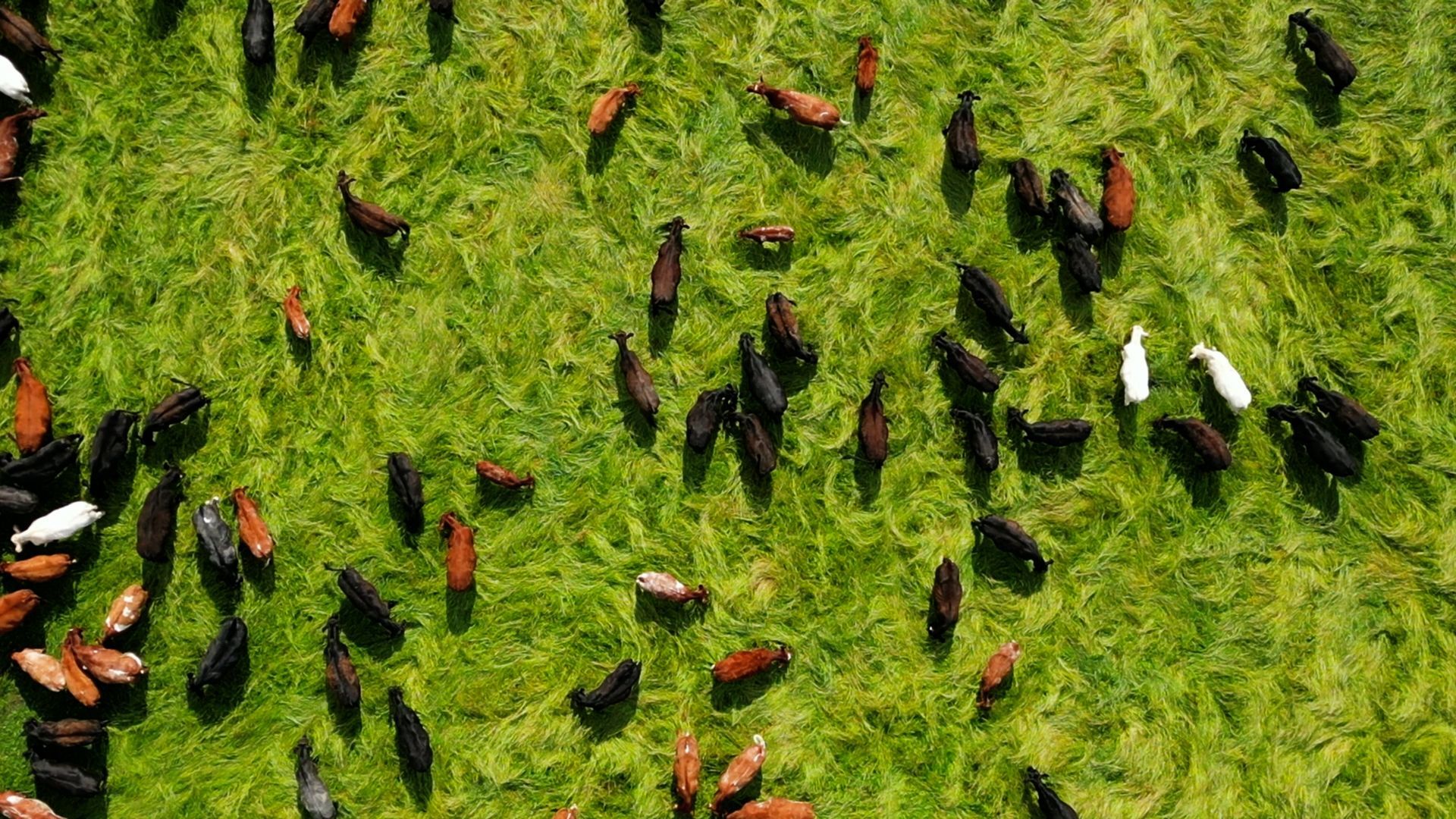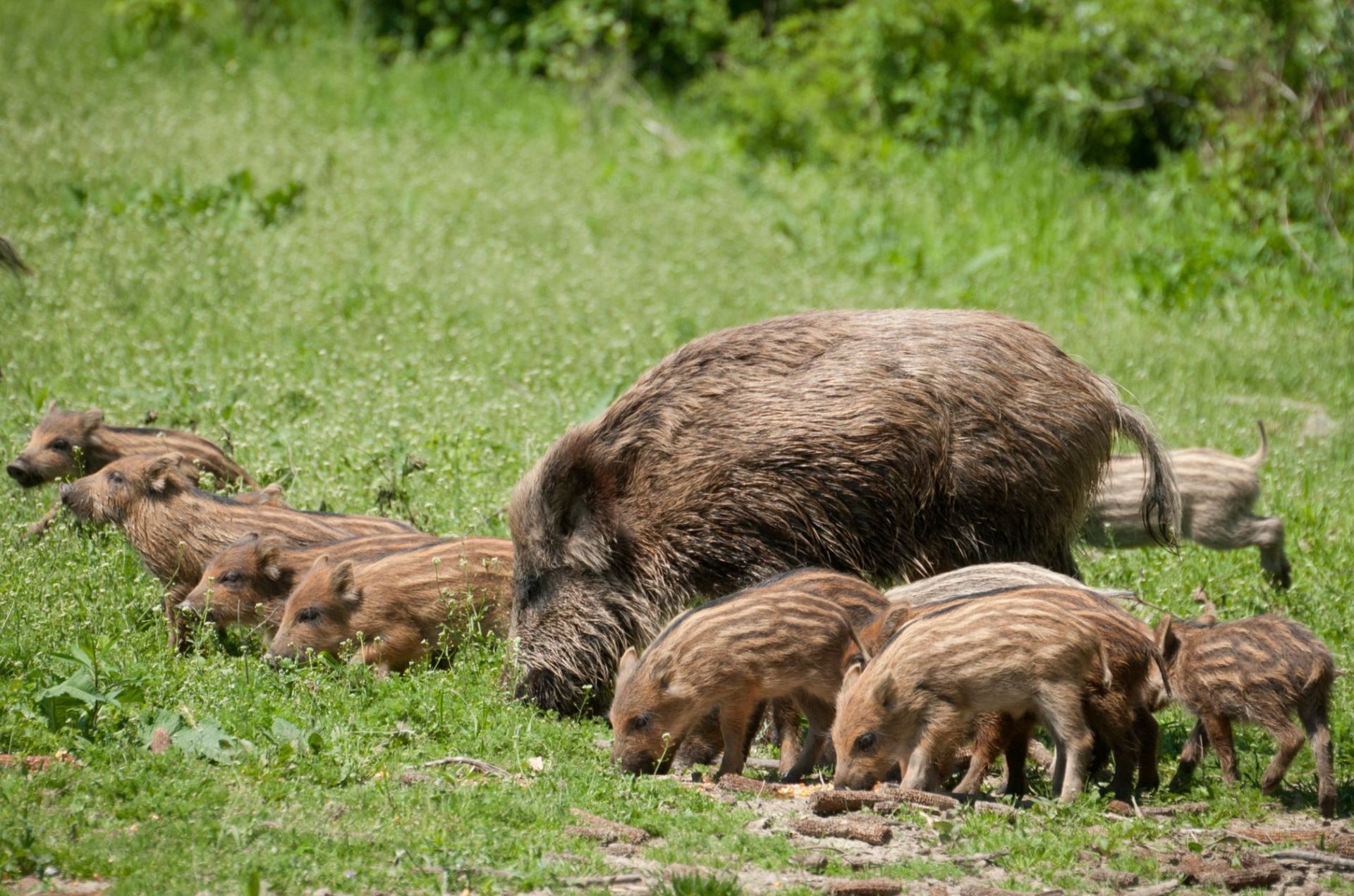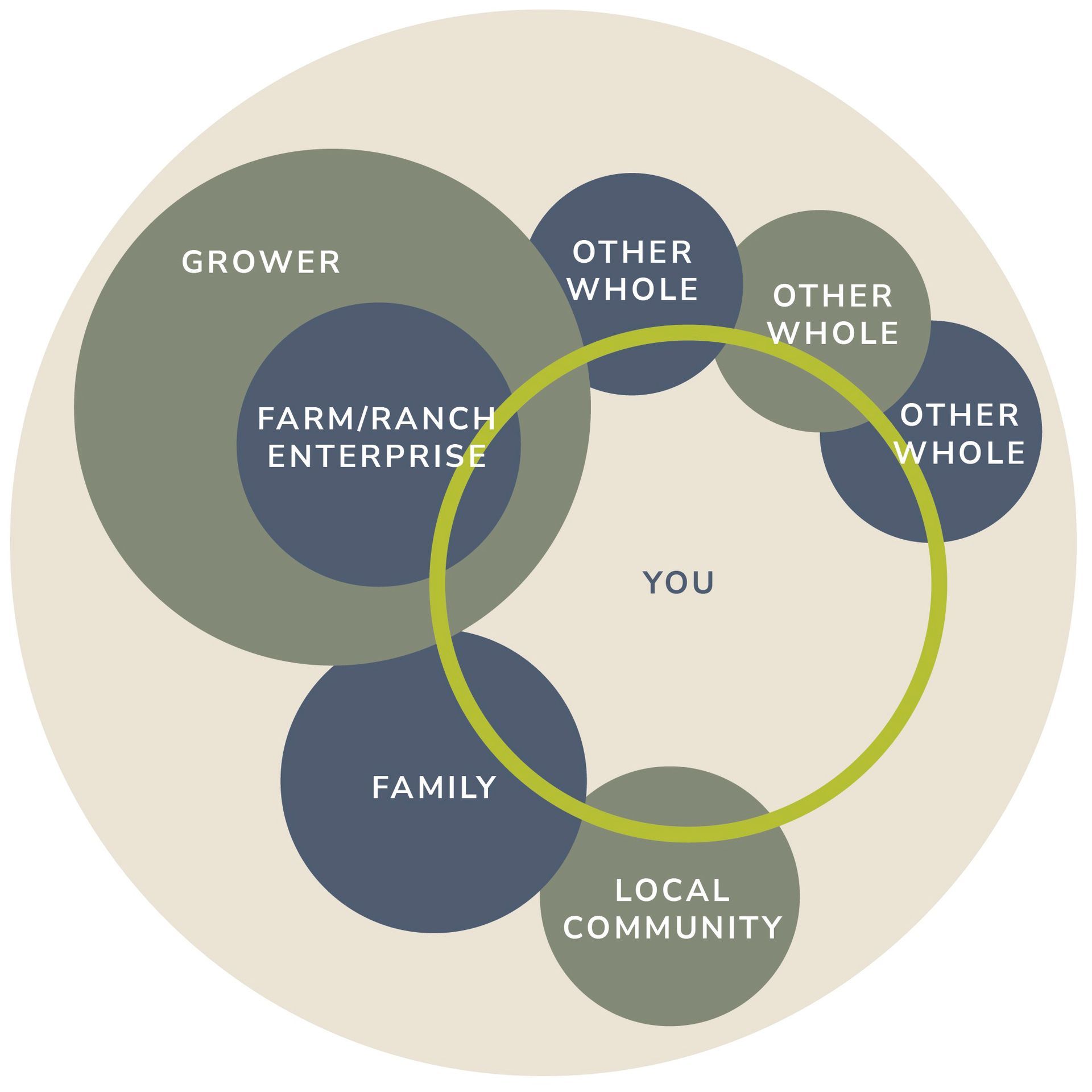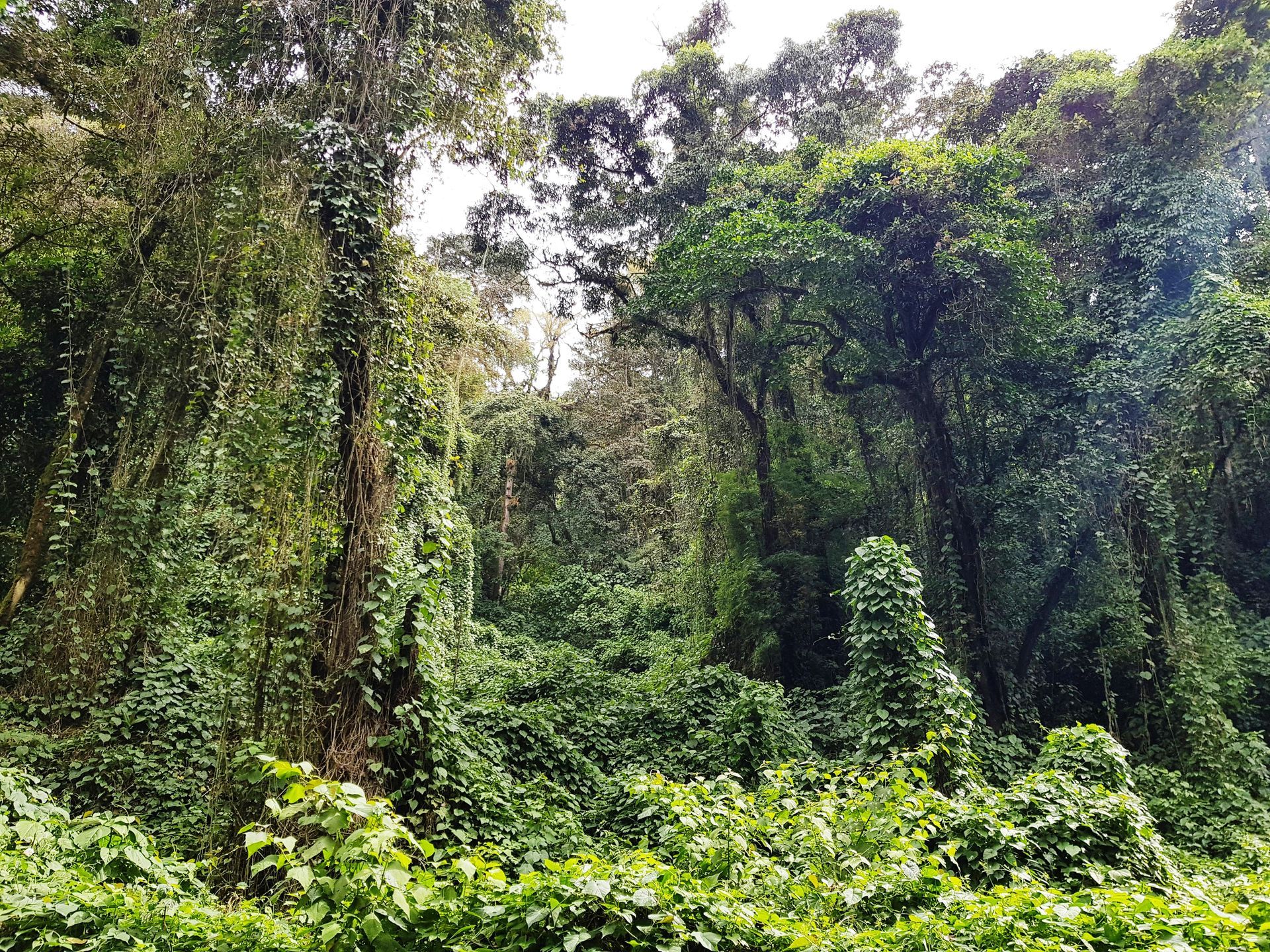Is EOV the gold standard for measuring regeneration?
A Standard for Regenerative Agriculture
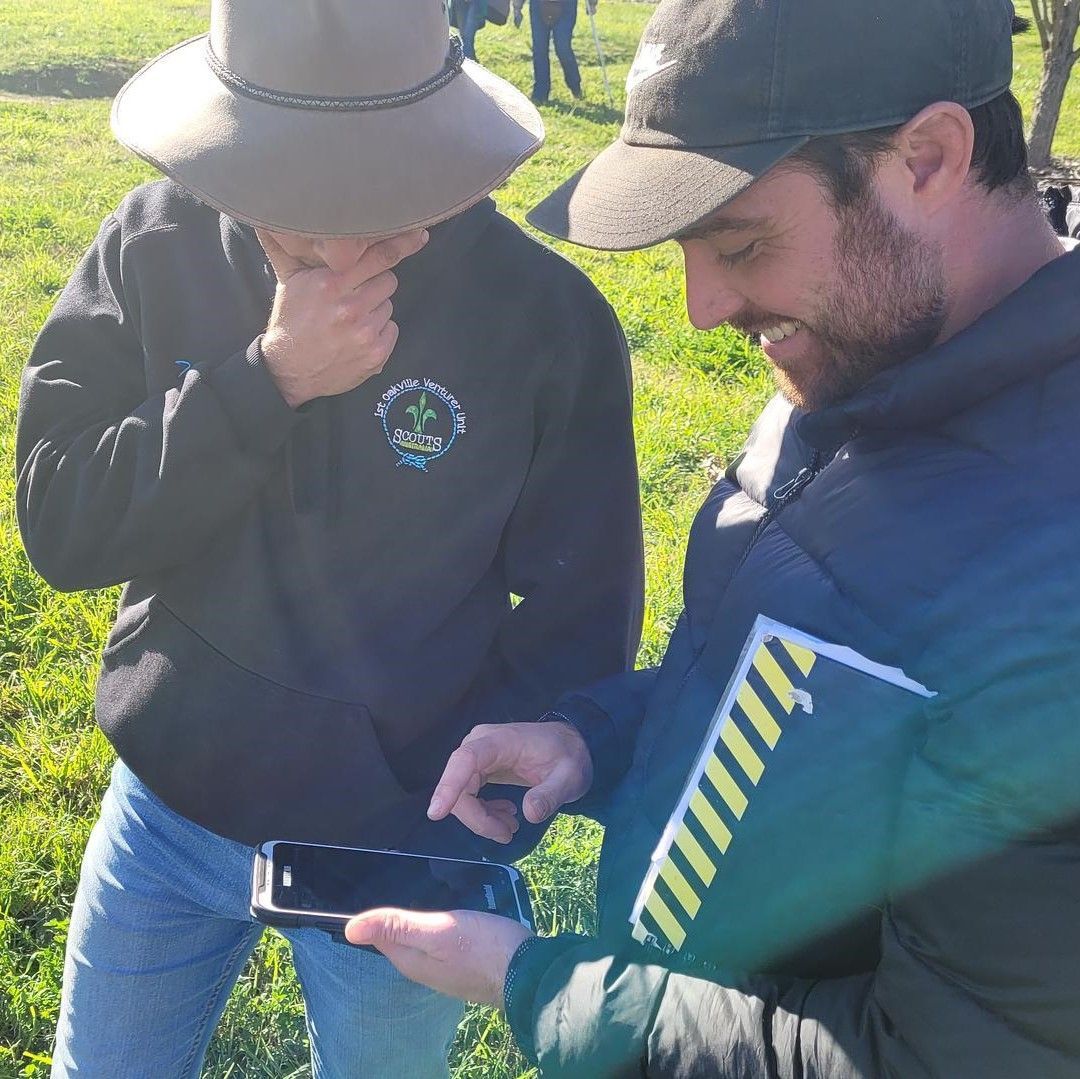
In an era where sustainability and regenerative agriculture are at the forefront of land management discussions, Ecological Outcome Verification (EOV) stands as a critical framework for measuring and ensuring the health of our ecosystems. Developed by the Savory Institute, EOV is a science-based, empirical method that assesses ecosystem function through direct observation and measurement.
Unlike conventional certification systems that focus on practices, EOV measures outcomes—the tangible results of how land is being managed. This shift ensures that farmers and land managers are not just following prescribed methods but are actively improving soil, biodiversity, and ecosystem resilience over time.
What Does EOV Measure?
EOV evaluates key ecosystem processes to provide a clear picture of land health. These include:
- Soil Health & Functionality – Assessing organic matter, water infiltration.
- Biodiversity – Observing plant species diversity using the Shannon Wiener Diversity Index.
- Water Cycle Efficiency – Measuring water infiltration rate, and observing key indicators of water cycle.
- Nutrient Cycling – Understanding how effectively nutrients are being cycled through the ecosystem.
- Energy Flow – Assessing conversion of sunlight into plant biomass, quality and quantity of forage, grazing pattern and grazing intensity.
By measuring these critical functions, EOV provides actionable insights for land managers, helping them refine their practices to foster long-term ecological resilience.
How is it Measured?
EOV relies on both qualitative and quantitative assessment methods, combining field observation with data collection tools to ensure consistency and reliability.
The process involves:
Trained Monitors:
Specialists who undergo rigorous training to assess land using standardised methodologies.
Field Surveys:
Direct observations of plant diversity, soil stability, and water infiltration capacity.
Photographic Evidence:
Capturing GPS-located visual records over time to illustrate ecological change.
Soil Sampling:
Collecting samples to analyse soil organic matter.
Data Logging Technology:
Tools like Bart, 3LM’s proprietary software, facilitate the collection and organisation of data, ensuring accuracy and real-time reporting.
By integrating these methodologies, EOV ensures that land assessments are both comprehensive and repeatable, allowing for precise tracking of ecological trends.
The Importance of Standardisation
A major challenge in regenerative agriculture has been the lack of a universally accepted, data-driven standard for land health. Without standardisation, assessments can be subjective, inconsistent, and difficult to compare across different locations or time periods.
EOV provides a globally recognised methodology that ensures comparability, reliability, and repeatability. This allows different land managers, scientists, and investors to assess land conditions with a shared language and set of metrics. Having a common standard ensures that regenerative agriculture can be scaled effectively while maintaining credibility.
The Human Element:
Addressing Subjectivity in Measurement
One of the biggest challenges in ecosystem assessment is the human factor—interpretation and measurement can vary between different observers, leading to potential inconsistencies.
EOV tackles this challenge in two key ways:
Training & Certification:
Monitors undergo rigorous training to ensure their assessments align with established protocols. This ensures that no matter who is conducting the evaluation, the data remains reliable and comparable. EOV Monitors go through an annual re-calibration process at the start of each EOV season.
Technology & Verification:
Tools like Bart, our proprietary software, assist in data capture and processing, reducing human error and enabling efficient quality control. Additionally, trained verifiers oversee assessments to ensure consistency. As part of maintaining a global standard, Savory Institute's Quality Assurance unit evaluates the work of Savory Network hubs all over the world.
The Role of the Ecological Health Index (EHI)
A core output of EOV is the Ecological Health Index (EHI)—a composite score that reflects the current state of ecosystem function. The EHI provides an overall snapshot of land health, but on its own, it is not sufficient. A single measurement does not tell the whole story.
The Power of Comparing Data Over Time
EOV is designed not just to provide a moment-in-time snapshot but to track trends and changes in land health. Comparisons between data sets, collected at different time intervals, allow us to:
Identify Progress or Decline
Seeing how land responds to management practices over years.
Understand Ecological Trends
Recognising whether interventions are leading to lasting improvements.
Make Informed Decisions
Providing farmers, land managers, and investors with data-driven insights to guide better regenerative practices.
By continuously measuring and comparing EHI scores over time, EOV ensures that land management decisions are grounded in long-term ecological impact, not just short-term assessments.
Conclusion: The Future of Ecological Outcome Verification
EOV represents a paradigm shift in regenerative agriculture. By focusing on outcomes rather than prescribed practices, providing a standardised yet adaptable framework, and ensuring objective, comparable data through training and technology, it is driving a more effective, scalable approach to land health monitoring.
With tools like Bart enhancing data accuracy and global standardisation making results more comparable, EOV is paving the way for a future where regenerative agriculture is not just a philosophy—but a measurable, verifiable, and scalable reality.
For land managers, investors, and policymakers, EOV provides the critical missing link—a reliable, science-based method to track and improve ecological outcomes on a global scale.



